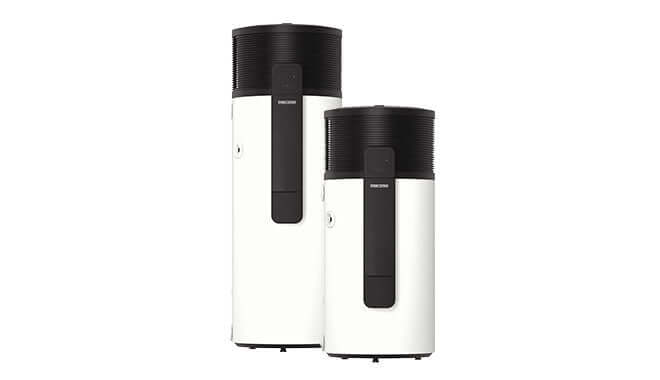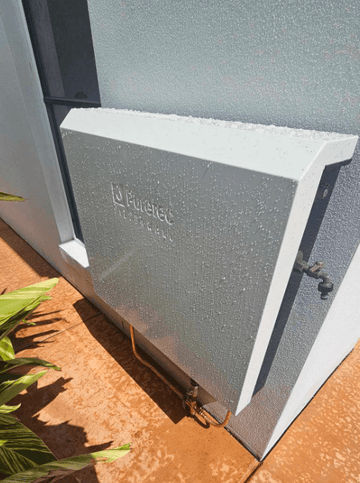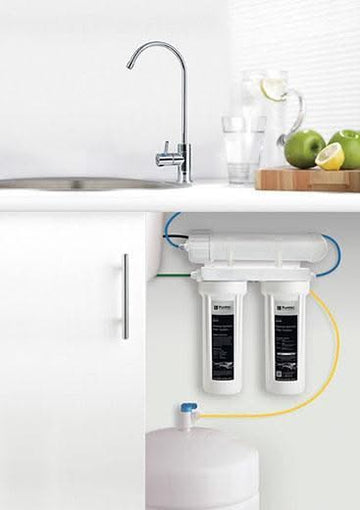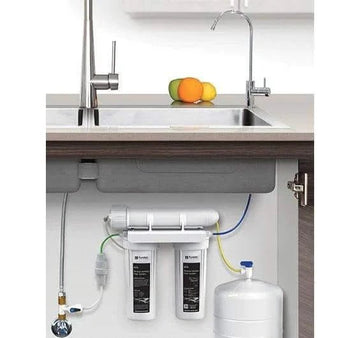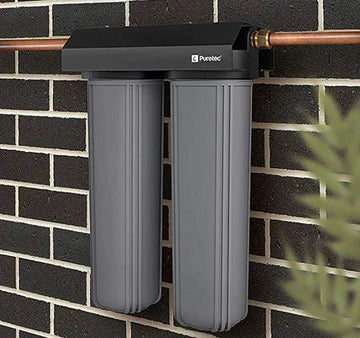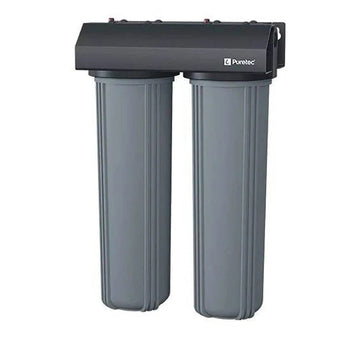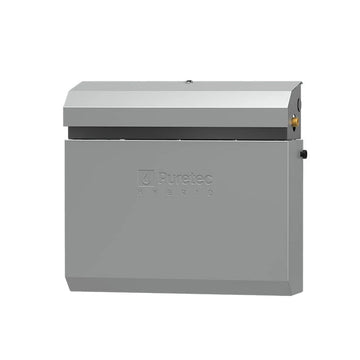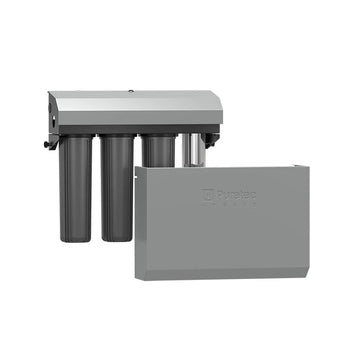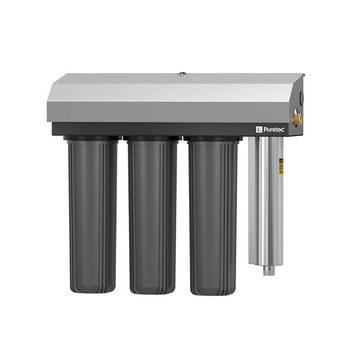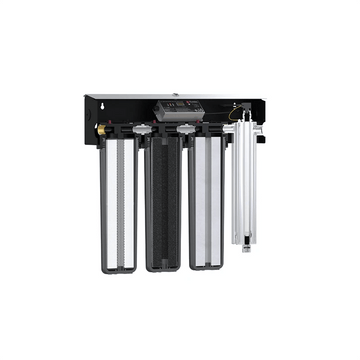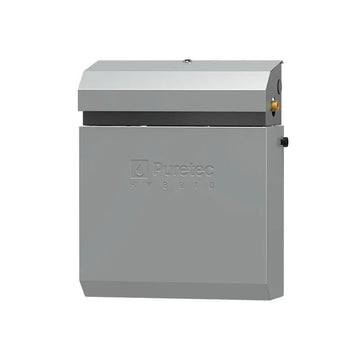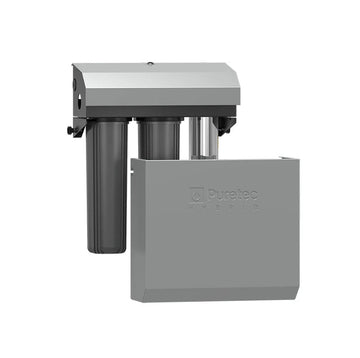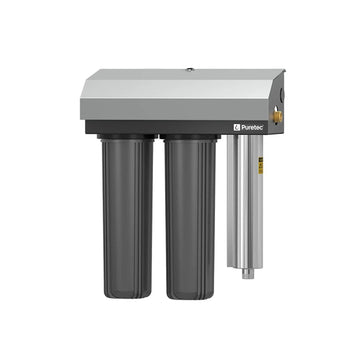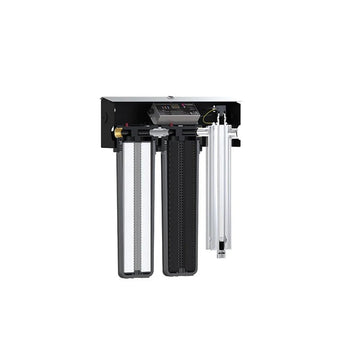How Water Filter Systems Work: Components, Benefits & Purification Methods
A water filter system is your home’s first line of defense against harmful contaminants, chlorine, sediment, bacteria, and bad taste. Whether it’s a whole-house setup or a kitchen tap filter, understanding how each component works will help you choose the right system and maintain clean, safe drinking water.
💧 Key Takeaways
✔ Water filters combine multiple stages like pre-filters, carbon blocks, reverse osmosis, and UV sterilization
✔ Each stage targets different contaminants, improving taste, clarity, and safety
✔ Regular maintenance is key to long-lasting performance and protection
🔧 Main Components of a Water Filter System
1. Pre-Filtration – The First Line of Defense
-
Purpose: Removes sand, rust, and large debris
-
Filter Type: Polypropylene or pleated sediment filters
-
Why It Matters: Protects your system from clogging and extends the life of other filters
2. Sediment Filtration – Traps Fine Particles
-
Purpose: Catches silt, dirt, and smaller impurities
-
Filter Type: Pleated or depth-style fabric filters
-
Benefit: Prevents buildup in pipes and appliances
3. Activated Carbon Filtration – Clears Chlorine & Odors
-
Purpose: Adsorbs chlorine, pesticides, VOCs, and bad taste
-
Filter Type: Granular Activated Carbon (GAC) or Carbon Block
-
Why It’s Essential: Improves both the taste and smell of your drinking water
4. Reverse Osmosis (RO) – Ultra-Fine Filtration
-
Purpose: Uses a semi-permeable membrane to remove 99% of dissolved solids, heavy metals, fluoride, and bacteria
-
Ideal For: Achieving bottled-quality water at home
-
Why Choose RO: Perfect for high-purity drinking and cooking water
Explore our top-selling Puretec RO270 system for premium under-sink filtration.
5. Post-Filtration – Polishing Stage
-
Purpose: Refines taste and catches final impurities
-
Filter Type: Inline activated carbon post-filter
-
Result: Crisp, refreshing water every time
6. UV Sterilization – Disinfects Without Chemicals
-
Purpose: Kills 99.9% of bacteria, viruses, and protozoa
-
Filter Type: Ultraviolet light chamber
-
Best For: Rainwater and bore water systems
Try the Puretec Hybrid-R UV system for chemical-free protection.
7. Water Storage Tank (For RO Systems)
-
Purpose: Stores filtered water for instant use
-
Type: Pressurized bladder tanks
-
Why You Need It: Eliminates waiting time for RO water delivery
8. Pumps & Valves – Regulate Flow & Pressure
-
Purpose: Ensures consistent performance
-
Includes: Pressure pumps, flow restrictors, check valves
-
Why It’s Key: Prevents overflows, backflow, and maintains flow rate
⚙️ How Water Filtration Works
✔ Mechanical Filtration: Physically traps dirt, sediment, and rust
✔ Chemical Filtration: Adsorbs impurities like chlorine and VOCs using carbon
✔ Reverse Osmosis: Forces water through a microscopic membrane for ultra-pure results
✔ UV Light: Destroys microbes with light—not chemicals
The best systems combine all four for complete purification.
🏠 Types of Water Filter Systems
1. Whole-House Filtration
-
Filters all incoming water
-
Best for families and homes with chlorine or sediment issues
-
Usually includes sediment, carbon, and optional UV
Top Pick: Puretec Hybrid-G – Filters every tap in your home
2. Under-Sink Water Filters
-
Installed in kitchens for cooking and drinking
-
May include RO membrane, carbon block, and polishing filter
-
With or without a storage tank
3. Countertop Water Filters
-
Ideal for renters or small households
-
No plumbing required
-
Portable and space-saving
4. Portable & Gravity Filters
-
Great for camping, emergencies, or off-grid use
-
Use multi-stage gravity-fed filtration
-
No electricity needed
🛠️ Maintaining Your Water Filter System
✅ Pre-Filters: Replace every 6–12 months
✅ Carbon Filters: Replace every 6–12 months
✅ RO Membranes: Replace every 2–3 years
✅ UV Bulbs: Replace annually
✅ System Inspection: Check for leaks, worn O-rings, or low pressure
📅 Tip: Set calendar reminders or subscribe to JR’s filter replacement service!
🧪 Choosing the Right Water Filter
💧 Whole-Home Coverage? Go with the Hybrid-G
💧 Top-Quality Drinking Water? Try the RO270
💧 Need to Remove Bacteria? Add a UV light system
💧 Simple Kitchen Upgrade? Go for the Puretec CF Series
Not sure what you need? Get expert advice here.
🧼 Final Thoughts
A water filtration system is only as good as its components. With JR Gas & Water, you can shop confidently knowing every product is backed by expert advice, fast delivery, and local installation options.
✔ Multi-stage filtration = better quality
✔ Easy maintenance = long-term savings
✔ Cleaner water = healthier family
🚰 Ready to filter your water?
Shop Water Filtration Systems
Book Installation in Brisbane or Gold Coast
📌 Frequently Asked Questions (FAQ)
❓ What are the key components of a water filter system?
✔ Pre-filter, carbon filter, RO membrane, UV sterilizer, tank, and valves.
❓ How often should I replace filters?
✔ Sediment & carbon: every 6–12 months, RO membranes: every 2–3 years.
❓ Do all water filters remove bacteria?
✔ No. Only UV and RO systems effectively eliminate bacteria and viruses.
❓ What’s the best system for full-home coverage?
✔ The Puretec Hybrid-G — powerful and low-maintenance.
💧 Safe, clean, and great-tasting water starts here.


